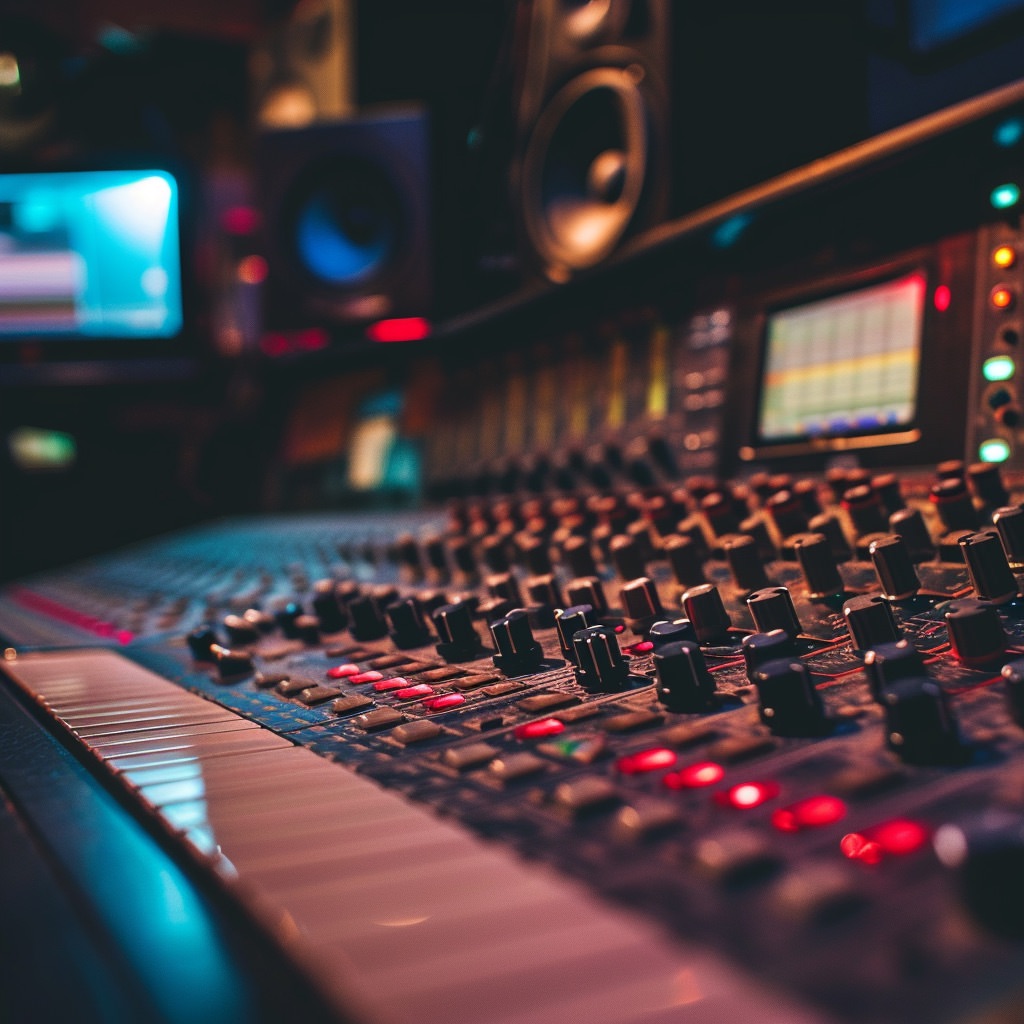What’s the Difference Between Mixing and Mastering?

When transforming a musical idea into a polished track ready for listeners’ ears, two crucial steps stand out: mixing and mastering. While both are integral to the music production process, they serve distinct purposes and require different skill sets.
This post delves into the nuances of mixing and mastering, highlighting how each contributes uniquely to the final product.
Mixing: Blending the Elements
Mixing is the first step after recording. Imagine a painter with a palette of colors; similarly, a mixing engineer has various audio tracks – vocals, guitars, drums, keyboards, etc. The goal of mixing is to blend these elements harmoniously.
- Balance and Levels: The primary task is to adjust levels to ensure no single element overpowers others unless intentionally desired. This involves fine-tuning the volume of each track.
- Equalization (EQ): EQ is used to sculpt the sound by enhancing or reducing specific frequencies, making each element distinct and clear in the overall mix.
- Dynamics Processing: Tools like compressors and limiters are used to manage the dynamic range, ensuring consistency in volume and impact across the track.
- Effects and Spatial Placement: Reverb, delay, and other effects are applied to add depth and character. Pan settings determine the stereo placement, creating a sense of space and dimension.
- Creative Decisions: The mixing process is also a creative playground where the engineer can add unique touches, like automation for dynamic changes over time.
Mastering: The Final Polish
Mastering is the final step before a song is released. It’s akin to a chef’s final taste test, ensuring the dish is perfect.
- Consistency Across Album: If the release is part of an album, mastering ensures uniformity in sound across all tracks.
- Final EQ Adjustments: This step involves subtle EQ tweaks to ensure the track sounds good on various playback systems, from headphones to large speakers.
- Volume Maximization: Mastering involves carefully increasing the overall loudness without sacrificing dynamic range, ensuring the track competes well in the loudness of commercial releases.
- Final Dynamics Processing: Further compression and limiting are applied, but with a delicate touch, to preserve the mix’s integrity.
- Format-Specific Adjustments: Finally, the track is prepared for different formats like digital, CD, or vinyl, each with its technical requirements.
Conclusion
Mixing and mastering are distinct yet interconnected steps in music production. Mixing is about balance and creative expression, where the raw recordings are transformed into a cohesive mix. Mastering is the final touch, ensuring the track is polished, consistent, and ready for the world.
Together, they bridge the gap between the artist’s vision and the listener’s experience, making them indispensable in the art of music production.
By understanding the unique roles of mixing and mastering, artists and listeners alike can appreciate the intricate journey a song undergoes from conception to release. This knowledge not only enhances our appreciation of music but also underscores the importance of skilled professionals who bring our favorite tracks to life.